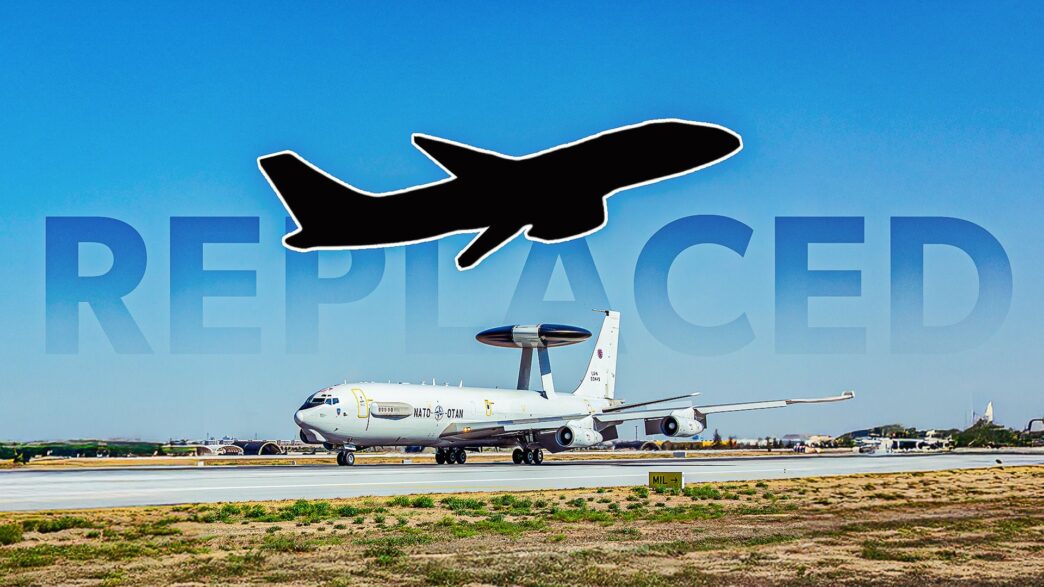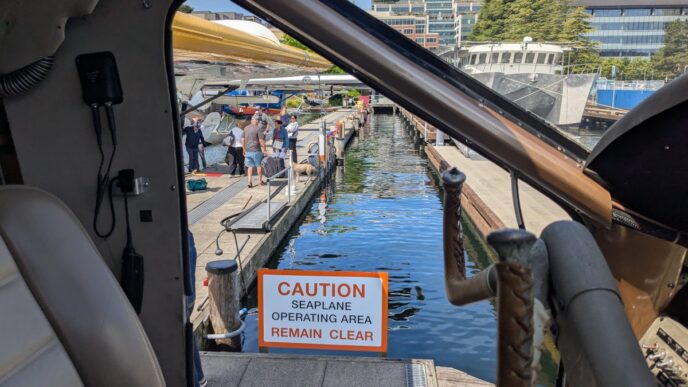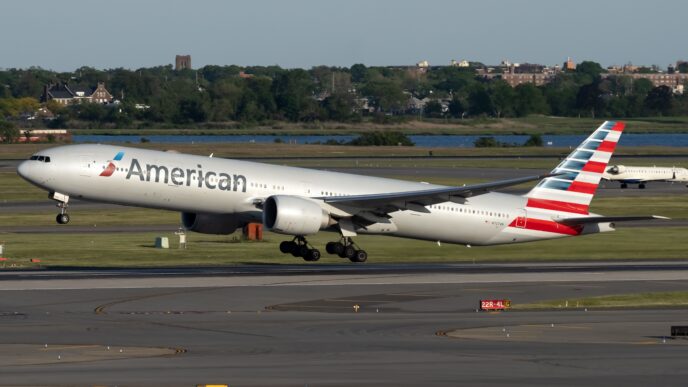The Boeing E-7 Wedgetail is poised to take over from the iconic Boeing E-3 Sentry as the U.S. Air Force’s go-to airborne early warning and control (AEW&C) aircraft. While the E-3, with its distinctive rotating dome, has been a familiar sight, the E-7 offers a significant upgrade in technology with its fixed-mounted radar. However, the future of the E-7 is uncertain. In June 2025, the Pentagon announced plans to cancel the E-7 Wedgetail program, opting instead to invest in space-based surveillance systems and acquire some of the Navy’s E-2 Hawkeye aircraft. This decision leaves the Air Force in a bit of a bind, as it may not have a direct replacement for the E-3 Sentry if the Wedgetail is scrapped. Congress, however, might have a say in whether the Air Force can actually cancel the Wedgetail program. For now, the E-7 remains the designated successor, but its fate hangs in the balance.
The E-7 Wedgetail has an interesting backstory, originating from an Australian Department of Defence study in 1986. Australia launched Project AIR 5077 in 1994, and by 1999, Boeing was awarded the contract to develop the AEW&C aircraft. The first E-7s entered service with the Royal Australian Air Force in 2012, and since then, countries like South Korea, the UK, NATO, and Turkey have also placed orders. The U.S. Air Force saw the E-7 as a much-needed upgrade for its aging fleet of E-3 Sentries. The Royal Australian Air Force praises the E-7A Wedgetail for its advanced airspace battle management capabilities, thanks to its Boeing 737 Next Generation airliner base and Northrop Grumman’s Multi-role Electronically Scanned Array (MESA) radar. This aircraft can track multiple targets simultaneously, refuel in the air, and cover a vast area of 1,540,000 square miles during missions.
As technology evolves, more intelligence, surveillance, and reconnaissance (ISR) roles are being taken over by space-based systems. However, satellites have their limitations, particularly their inability to loiter over specific areas of interest. The Air Force initially planned for the E-7 Wedgetail to partially replace the E-3 Sentry, with space-based assets filling in other roles. As of 2015, the Air Force had 32 Sentries in service, but many have since been retired, leaving around 21 still operational. The plan was to purchase 26 E-7 Wedgetails to take over many of the Sentry’s roles. The Air Force and Space Force are working to rapidly expand and develop new capabilities, but the uncertainty surrounding the E-7’s future adds a layer of complexity to their plans.
#Aviation #MilitaryTech #E7Wedgetail #USAirForce #Boeing
Originally reported by Simple Flying Read More













